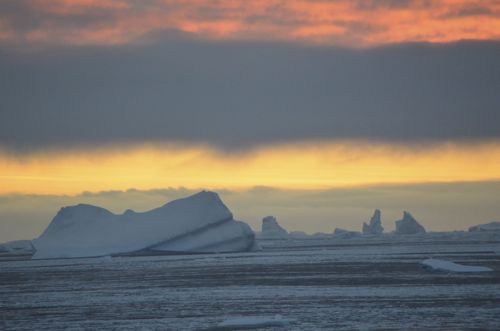
Since we've been speaking about warming climates down here for the last couple days, let's talk about calving. Not cows giving birth. Calving is a term that refers a process when a piece of glacier separates off and drops into the water. As a glacier moves along, it travels across uneven terrain (land). Cracks and crevasses are created. When these glaciers are on the coast waves can swell up from underneath creating more instability. Eventually, pieces break off.
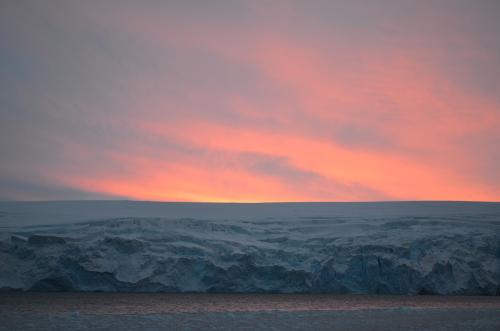
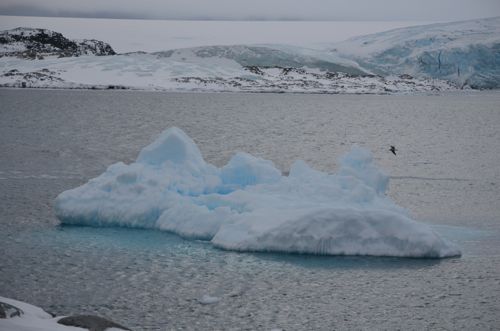
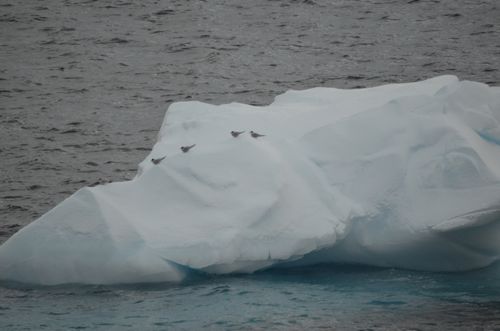
This is a pretty spectacular thing to watch. It's amazing to watch it, but at the same time a little hard as you know this process is happening more and more as the climate is warming down here. It sounds like thunder. Each time I hear it, I have to remind myself there is no thunderstorm on the horizon, it's a glacier calving. Down here, you have to be extremely mindful as this can be dangerous and deadly if you are too close. Not only can the pieces be huge, they create quite a wave as they smash into the water.
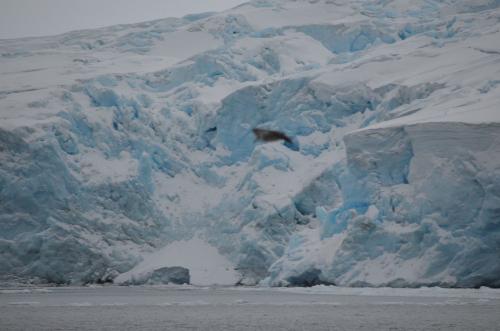
There are strict regulations as to how close you can get. Since the majority of a berg is underwater and not visible, we keep a distance of at least 3x the visible height between us and the berg. Ships keep at least 300 meters away. Those bergs can flip. And if you are too close, well....Thank goodness for telephoto lenses. Enjoy these incredible pieces of footage. The first one is from the glaciers down here. The link I'm giving you is from a truly impressive documentary called Chasing Ice. In the process of filming this, they captured a piece of glacier the size of Manhattan calving off. Watch closely at the size of pieces of ice and the waves that result.
http://youtu.be/5MzVnA1tRg8
Clip from Chasing Ice
http://
This is how icebergs are born. They can huge, as large as a skyscraper, or they can be small. Or, what we see a lot here at Palmer, bergie bits. Remember the Titanic? Allegedly, it had been unusually warm and there had been much calving resulting in lots of bergs in the pathway of the ship. Unfortunately, they thought the ship was unsinkable and they wanted to make great time to the United States, so it was full speed ahead! With disastrous results.


Comments